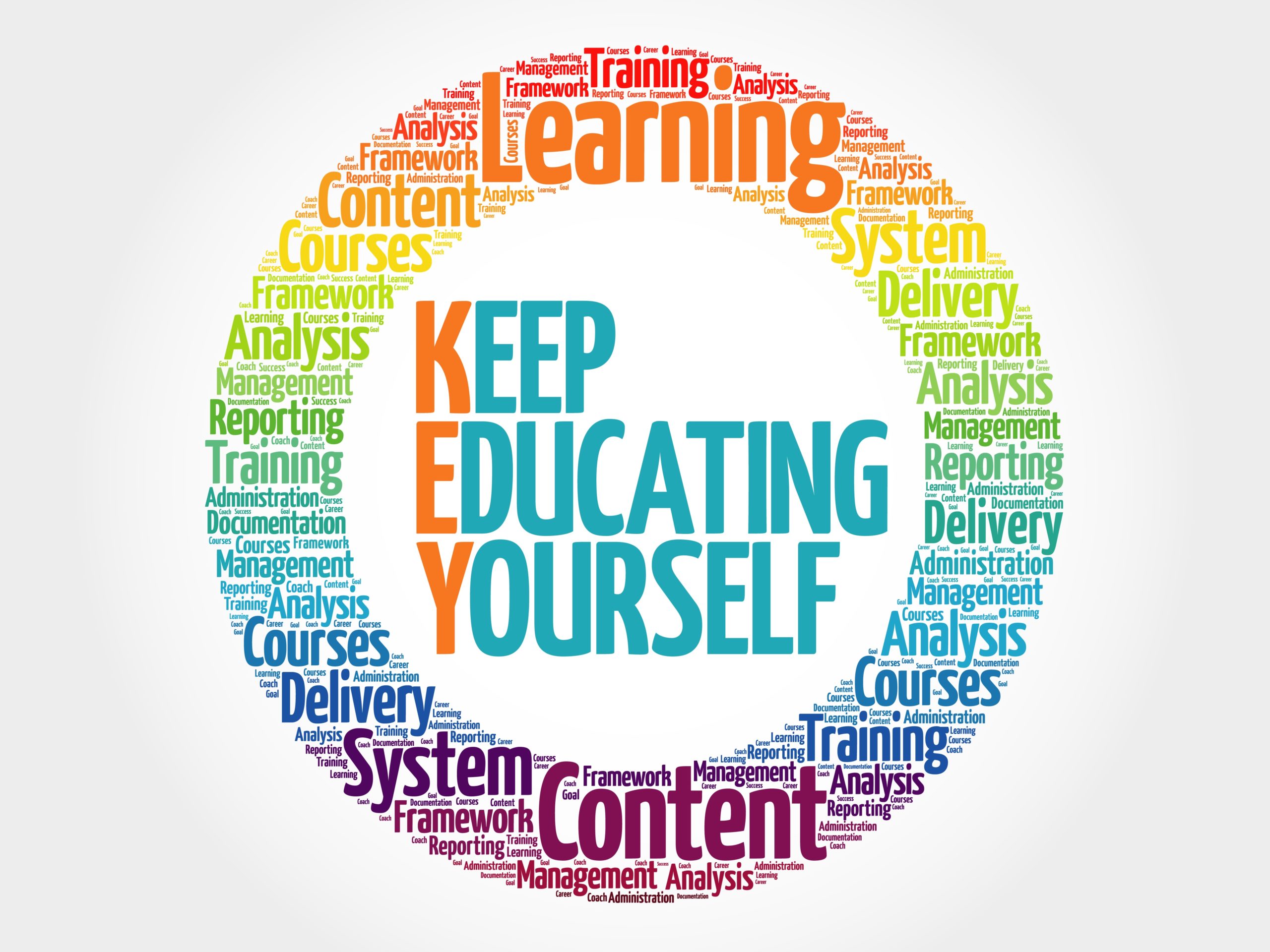 The most frequently asked questions I’ve heard as an instructor, after a “GD&T Fundamentals” class, is either “How do I keep learning more?” or “How do we implement (deploy or integrate) GD&T usage in our design department?” The answer to the first question hinges often on the answer to the second question. Both answers will affect my response to the individual student.
The most frequently asked questions I’ve heard as an instructor, after a “GD&T Fundamentals” class, is either “How do I keep learning more?” or “How do we implement (deploy or integrate) GD&T usage in our design department?” The answer to the first question hinges often on the answer to the second question. Both answers will affect my response to the individual student.
My initial response is “use what you’ve just learned and share it, as soon as possible!” It is recommended that the students use their workbook and notes as they evaluate GD&T on their company drawings. An immediate activity should be to study the GD&T applied on each part in a recent production assembly or subassembly to trace the functional features and fits from the highest-level drawing, down through the piece parts. It is very instructive to note how the main datum reference frame (primary, secondary, & tertiary datums) establishes how the part fits into its assembly, and how other functional features within that part are related to that main datum reference frame and to other features on nearby parts.
As the student learns more about how his job assignment impacts the product quality in his department, and how his drawing dimensions define or imply local manufacturing and/or inspection processes, the student will understand better what his focus for future GD&T studies might be. Would it be more effective for him/her to focus on tolerance analysis/stacking, or metrology applications (CMM programming), or GD&T Advanced Concepts (followed by Measurement systems Analysis, PPAP or similar tools)? What would benefit their department more? What would be the better direction for their personal career growth? Whatever path the student decides to pursue, mentoring others will help retain GD&T concepts!
Dan Meyers, QCTS Instructor & ASME Senior GDTP
“The Road Goes Ever On and On.”
– The Hobbit





